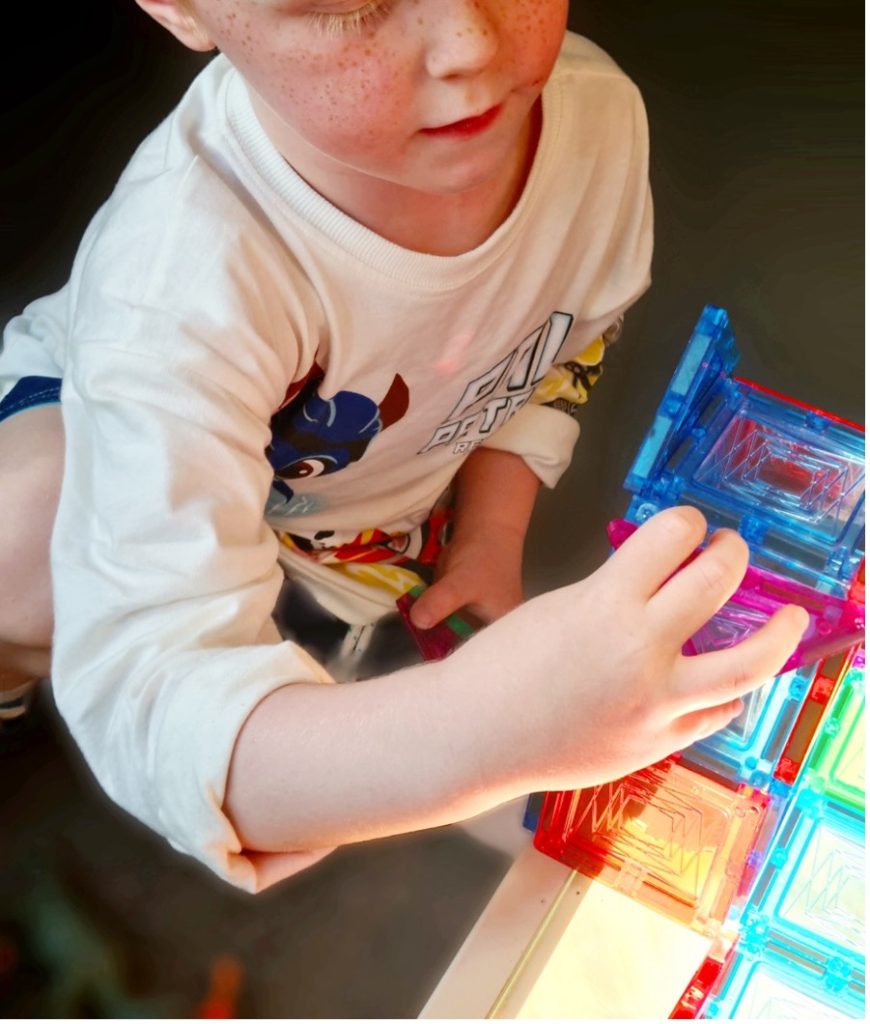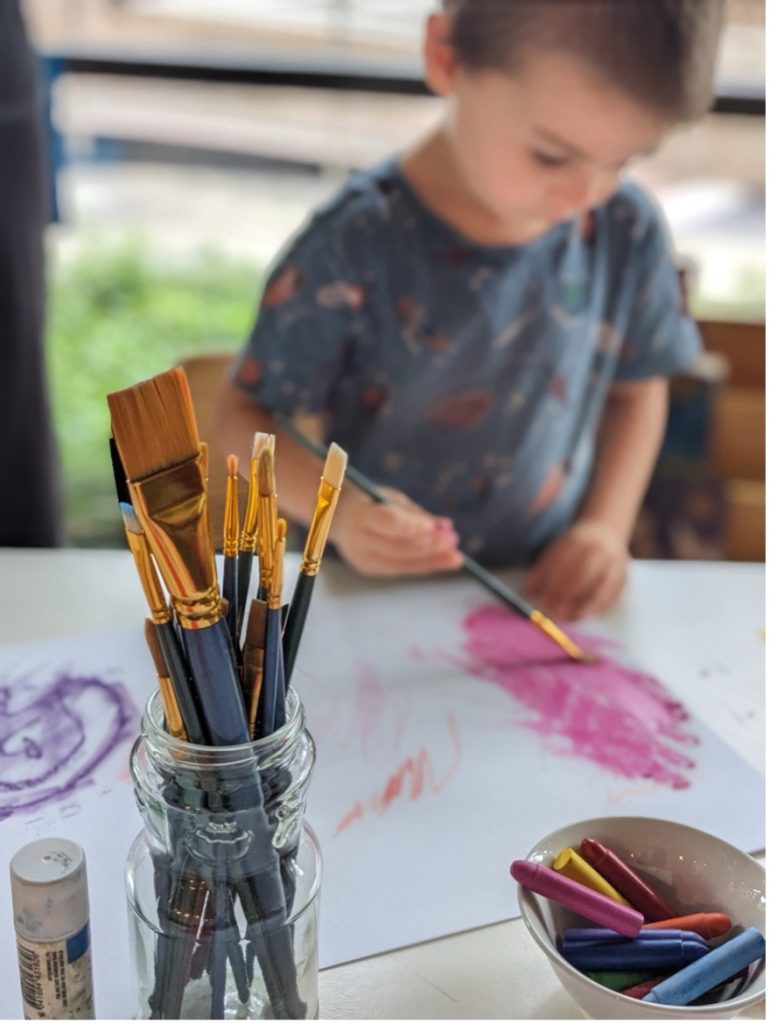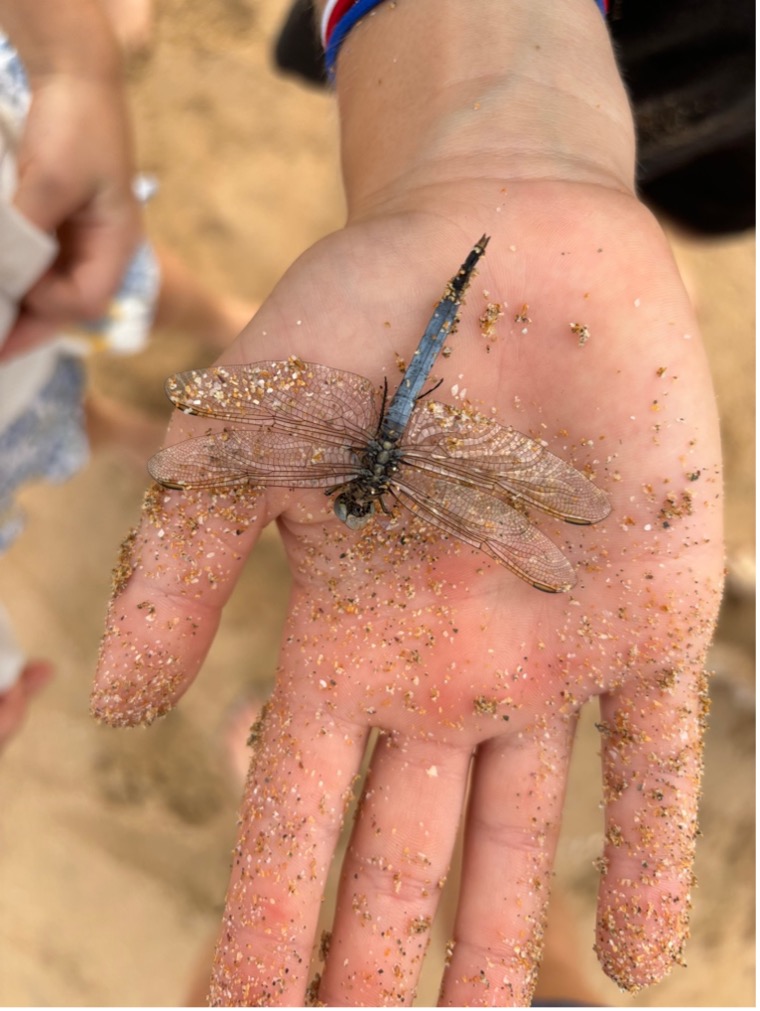From Play to Picture: Capturing joyful moments safely
Written by Tamara Gulic Phoenix, Clara Rivera, Jessica Mantei, Lisa Kervin
Photographs of children are captured by parents for a multitude of reasons, from noting milestones and special occasions to preserving precious memories. And in many instances, these photographs are shared using digital technologies. Drawing on our own experiences as parents, our expertise as researchers of digital literacies, and considering children’s perspectives, we share insights from our work supporting parents at the UOW Children’s Technology Play Space to learn about and reflect on the photos they take and share of their children.
This work stemmed from parents’ desire to capture key moments in their children’s lives while ensuring their safety in online sharing, especially on social media platforms, both now and in the future. We conducted 8 sessions, working with a total of 96 children and their adults. As the children engaged with play resources such as props, costumes, and digital technologies in the Children’s Technology Play Space, parents collaborated individually with a researcher. They explored fundamental photography techniques, gaining an understanding of composition, lighting, angles, and exposure times, using the cameras on their personal smartphones or tablet devices.
Key photography moments with tips for parents
Setting the scene
- When photographing your child/ren it is a great idea to position yourself at their eye level.
- Explore portrait and landscape perspectives of the same scene, take notice of what is in and out of the scene around your child
- When you are looking at a scene you would like to capture, squint your eyes to blur your vision. This takes away the visual clutter and allows you to see blocks of shapes, lines and colours. Simplifying the scene this way, makes it easier to see the ‘leading lines’ that direct our vision towards what it is about your child or the moment that you want to capture.
- Your subject (perhaps it’s your child, perhaps it’s what they’re doing or using) doesn’t always have to be in the centre. Experiment with putting the subject slightly to the left or the right. Position yourself lower or from above, as you capture the photograph.
Experimenting with angles as you capture your child doing something in the moment
- Rest the device on the table and focus on the child’s hands, materials and tools they are using
- Play with ‘Portrait Mode’ to blur the background and create a visual focus on the activity. Tap on the part of the screen you want to have in focus which will make the rest of the image soft and defused
- Try over-head and over-the-shoulder angles, focusing on the child’s hands or feet and what they are working on or doing
- Explore a side view, where the child’s face is not fully visible
- Use props like glasses, hats, books etc to partially conceal the child’s face
- Zoom in and crop the photograph to focus on the bottom section of the child’s face and perhaps their hands.
What the workshops revealed
The digital photographs created by parents enabled them to capture moments in their child’s play for sharing in ways that protected their child’s privacy and empowered them to create powerful images with shared narratives. A key realisation from the parents we’ve worked with is that creating a photographic composition takes time, and it can take a lot of images to get the perfect one to capture the moment. A key affordance of photography with digital technologies is the ability to take many photographs quickly. Parents reported that over time they developed instincts about what works for their child and with their device.
Take a look at these three examples produced by parents as they photographed their child which are then analysed by us according to technique.
Example 1
Techniques used: The photograph is taken with an over-head angle, focusing on the child’s hand and what they are doing with the child’s face not fully visible.
In this photograph, the parent utilises the vibrance of the colours of the blocks illuminated by the overhead projector to capture the focus and concentration of the child in building the blocks and how the fingers are positioned to establish balance.

Example 2
Techniques used: The parent uses “Portrait Mode” of the Camera app (available on iOS devices) to blur the child’s face in the background.
To do this, the parent would have tapped on the area to focus on the paintbrushes making the materials, including the coloured pastels and the glue stick, in the foreground appear crisp resulting in the child and the artwork appear to appear soft and defused in the background.
This photo captures the child’s experimentation with the materials appearing in the foreground showing how strokes can appear in distinct lines in the orange, the spirals of purple on the left of the photograph and how the paintbrush can depict a large area of colour without distinct lines.

Example 3
Techniques used: In this photograph, the parent transfers the use of techniques to an outdoor play experience in their everyday home contexts.
The photograph is taken from a top angle looking down and the child’s face is not part of the composition of the photograph.
The use of “Portrait Mode” (available via the Camera app in iOS devices) blurs the background,
Tapping on the child’s hand and the dragonfly emphasises the top-down perspective allowing the viewer to see details of the dragonfly’s wings, body and the grains of sand on the child’s hand in contrast with the defused image of the sand on the ground.

Concluding reflection
A critical part of the photography process (and a key realisation for many of our parent participants) was the importance of showing their child the captured photographs. This simple act enabled parents feedback as the children shared what they liked and didn’t like about the photograph. Further, it opened the opportunity for conversation about whether they were happy for the image to be shared, and who they might like to see that image. Parents reported that these conversations with their children became easier and presented opportunities for rich conversation about how photographs can be shared and then viewed (and used) by others. These photography techniques empower parents to produce positive representations of their child in ways that can be safely shared in our digital world.
Looking for more content?
Our researchers and partners produce regular blog posts and research outputs focused on children and digital technology.
